Vintage Tech That Gen Z Won’t Recognize
Ah, the good old days of vintage technology! A time when gadgets were more mechanical than digital, and each click or whirr had its own charm. These relics of the past served as the building blocks for the sleek devices we use today.
Remember the excitement of seeing a new gadget on a store shelf and imagining all the possibilities it held? Join us as we unravel the stories behind some of these iconic pieces of tech!
Rotary Phones: When Dialing Took Time
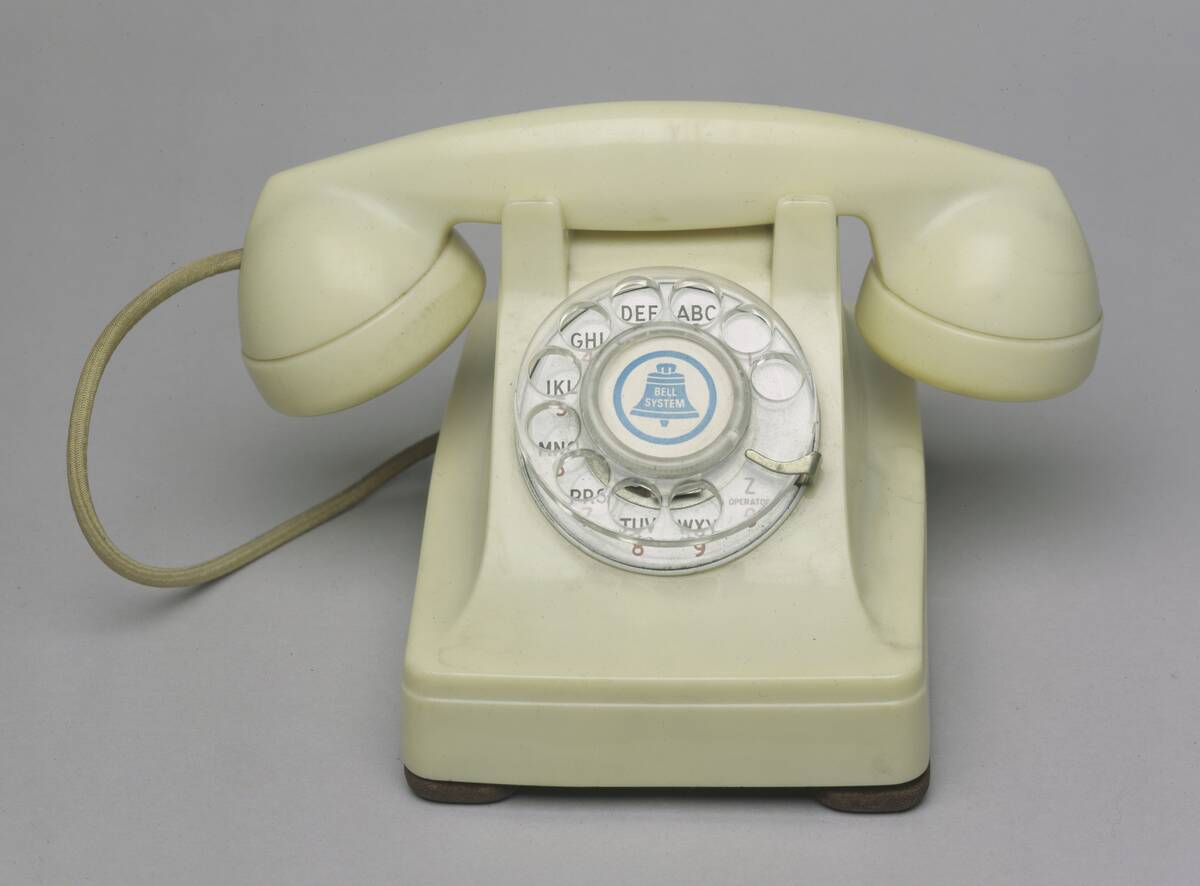
Remember the satisfying sound of the rotary phone as you turned that dial? Introduced in the late 19th Century, these phones required patience and precision. Each number had to be dialed individually, and the clicking was music to one’s ears!
A far cry from today’s smartphones, rotary phones were an exercise in anticipation as you awaited the connection to your call. The nostalgia is real, as some vintage enthusiasts still adore them!
Floppy Disks: The Original Portable Storage
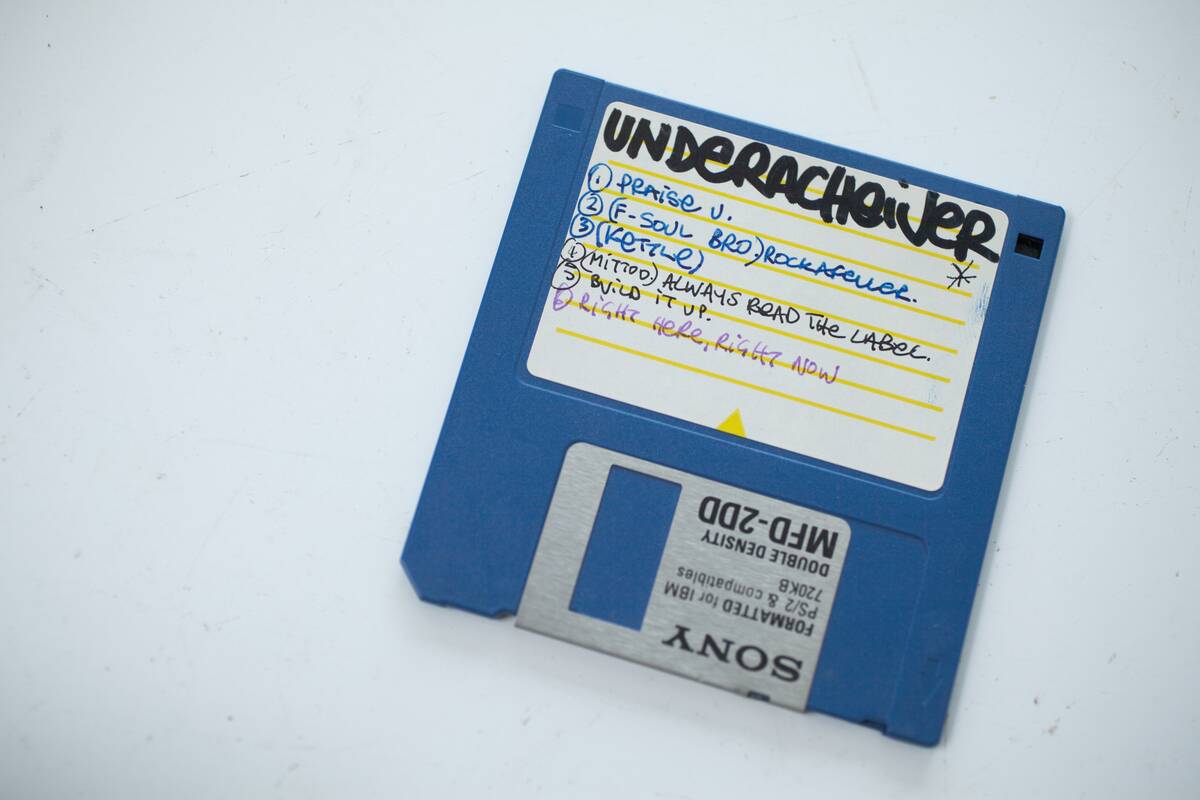
Before the cloud, there were floppy disks, the quintessential storage solution of the 1980s and 1990s. These 3.5-inch wonders could hold a whopping 1.44 MB of data, just enough for a few documents or a small program. Of course, even earlier versions of these disks were larger and actually floppy compared to the hard plastic that dominated their design by the ’80s.
They were a mainstay in computer classrooms and offices, often labeled with a trusty permanent marker. Though CDs and USB drives eventually replaced them, floppies were the pioneers of portable data storage.
VHS Tapes: Be Kind, Rewind
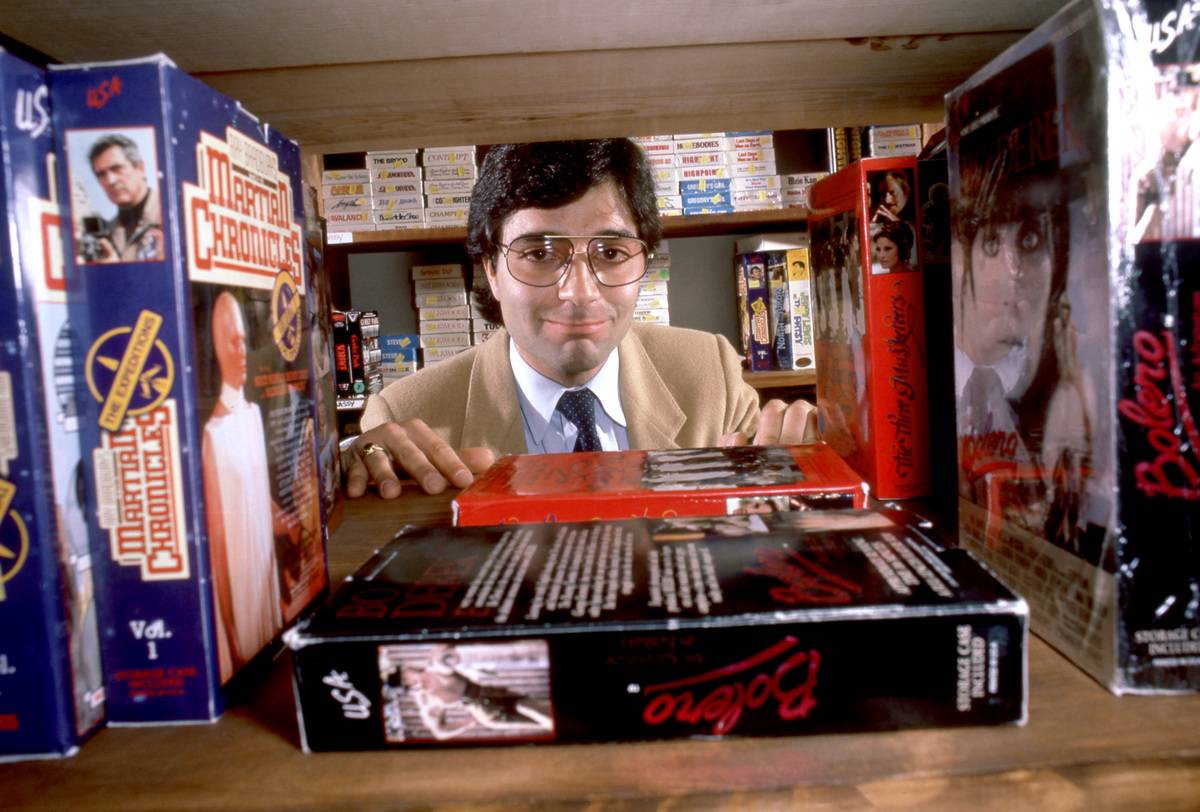
Ah, VHS tapes, the staple of Friday night movie rentals. Introduced in the 1970s, these magnetic tapes were the cornerstone of home entertainment for decades.
Who can forget the phrase ‘Be kind, rewind’ reminding us to be courteous to the next viewer? While DVDs and streaming have taken the helm, those bulky black tapes still hold a special place in many hearts and attics around the world.
Walkmans and Cassette Tapes: Music On the Go
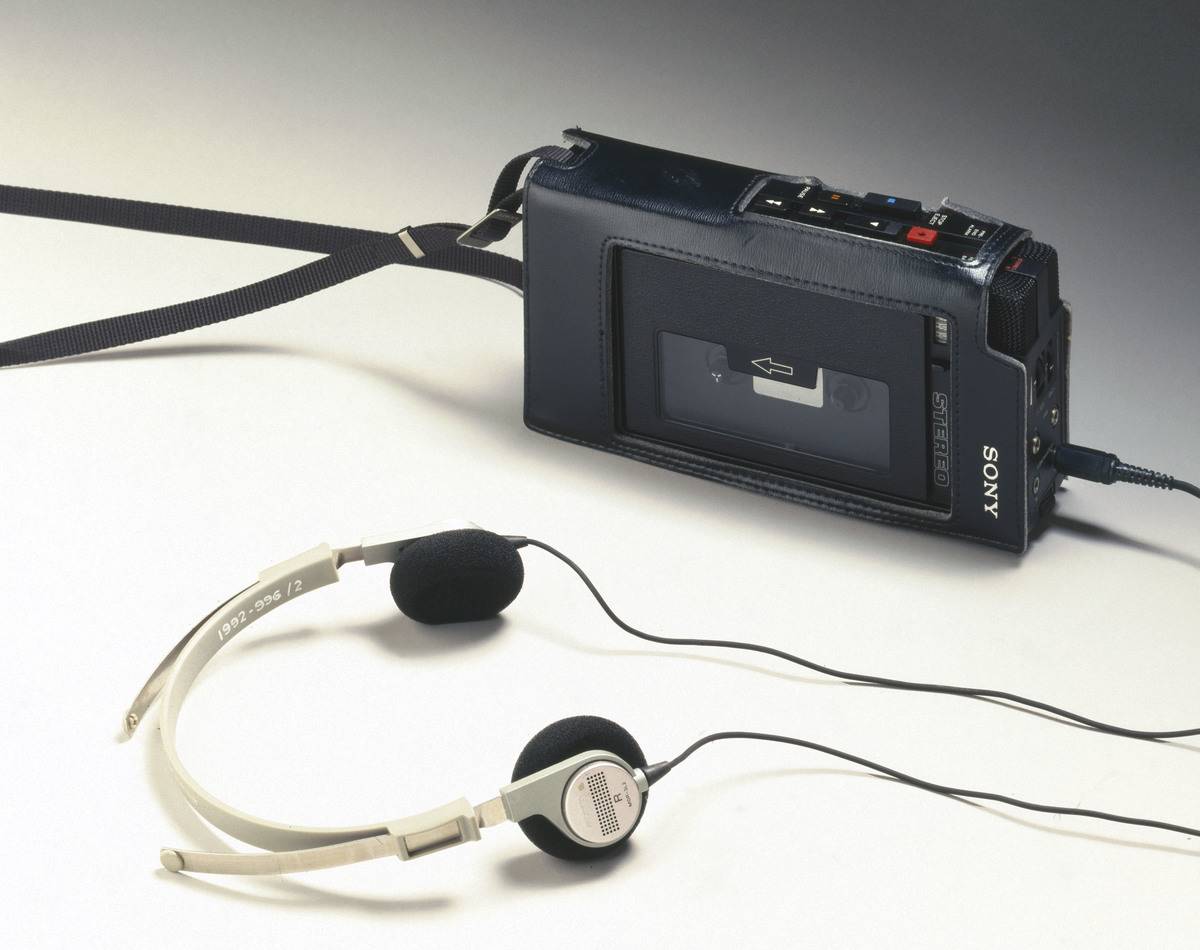
The Sony Walkman revolutionized how we listened to music in 1979, allowing tunes to travel with us wherever we went. Paired with cassette tapes, these portable devices became a personal concert in your pocket.
With a flip of the tape, you could switch from one album to the next. Although digital music and streaming services now dominate the market, the Walkman’s impact on personal listening habits is undeniable.
Polaroid Cameras: Instant Photos Before Smartphones
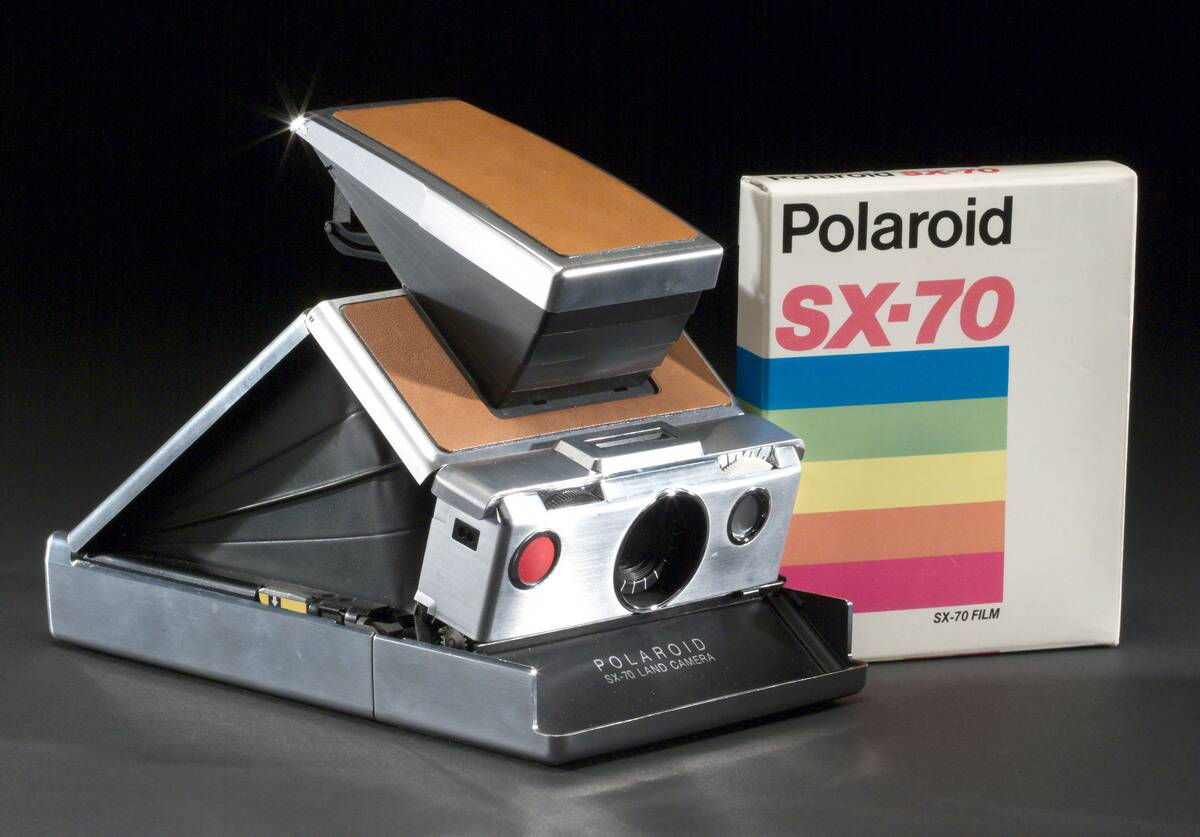
Before smartphones and Instagram, there was the magic of the Polaroid camera. Introduced in the late 1940s, these cameras allowed users to snap a picture and watch it develop before their eyes in minutes.
Each photo was an original, a tangible memory to be shared and cherished. The resurgence of instant photography today is a nod to the Polaroid’s timeless appeal and the joy of holding a photo in your hands.
Typewriters: The Original Keyboard Warriors
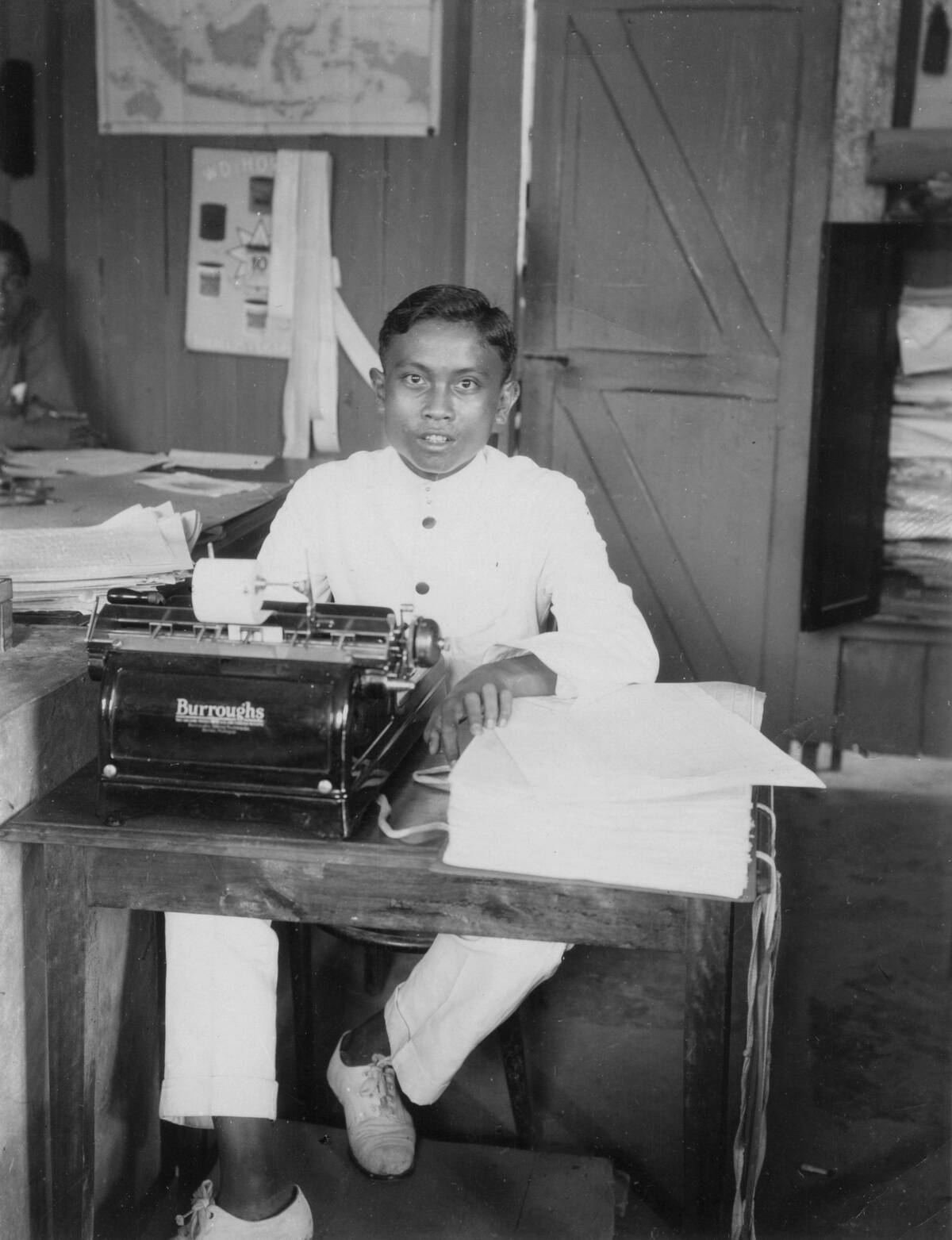
Long before laptops and computers, typewriters were the tools of choice for writers and office workers. The clacking of keys and the ding of the carriage return were part of the symphony of productivity.
Each typo meant a pause to apply correction fluid (such as Liquid Paper or Wite-Out) — a far cry from the effortless editing of today. Despite their analog nature, typewriters are celebrated for their durability and the tactile satisfaction they provide.
Pagers: The Precursor to Text Messaging
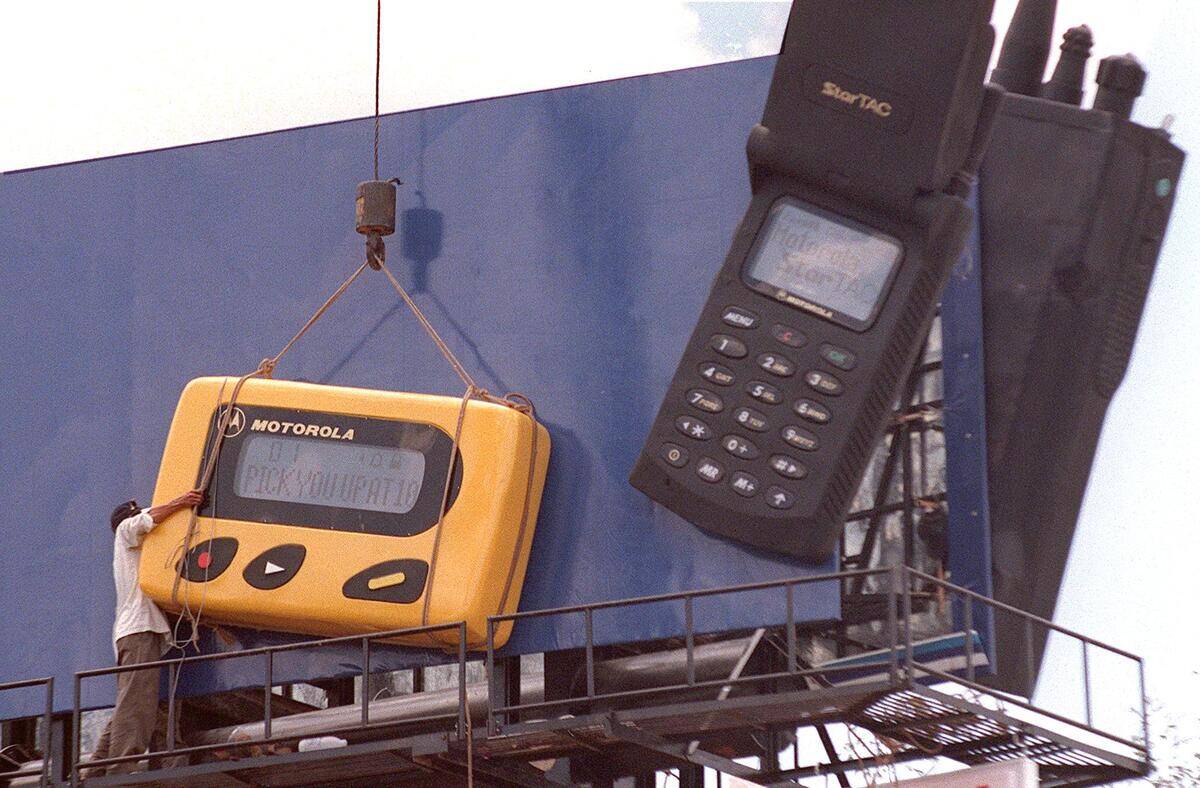
Before smartphones dominated our pockets, pagers were the go-to for instant communication. Popular in the 1980s and 1990s, they alerted users to incoming calls or messages via a beep or vibration.
Though they could only display numbers or a short message, pagers were indispensable to doctors and professionals on the go. In a world before texting, pagers kept us connected, one beep at a time.
Film Projectors: Movie Nights Before Streaming
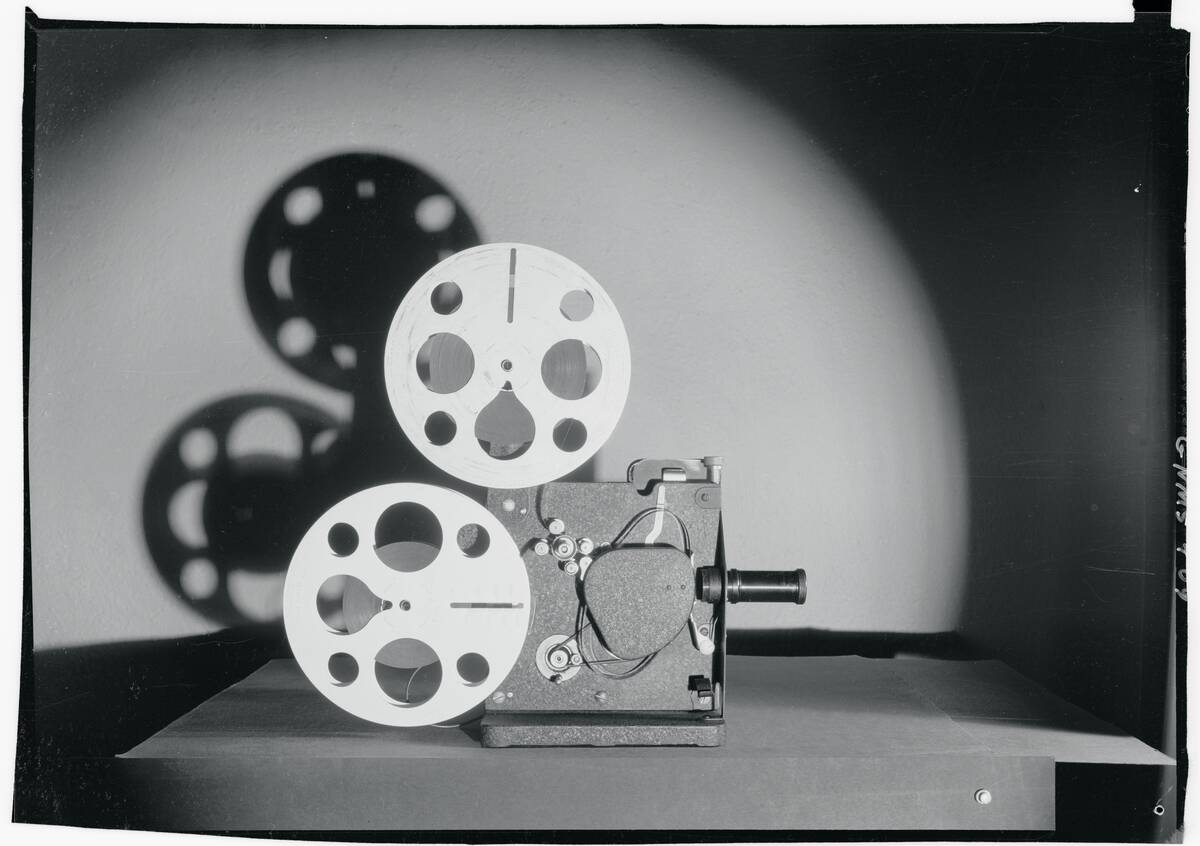
Before Netflix, there were film projectors creating magic on the silver screen. These devices brought the cinema experience home, flickering frames of film onto living room walls.
Whether it was a family gathering or a school event, projectors turned any night into a special occasion. While digital projectors have taken their place, the nostalgic whir of a film reel spinning remains a cherished memory for many.
CRT Televisions: Bulky Screens of Yesteryear
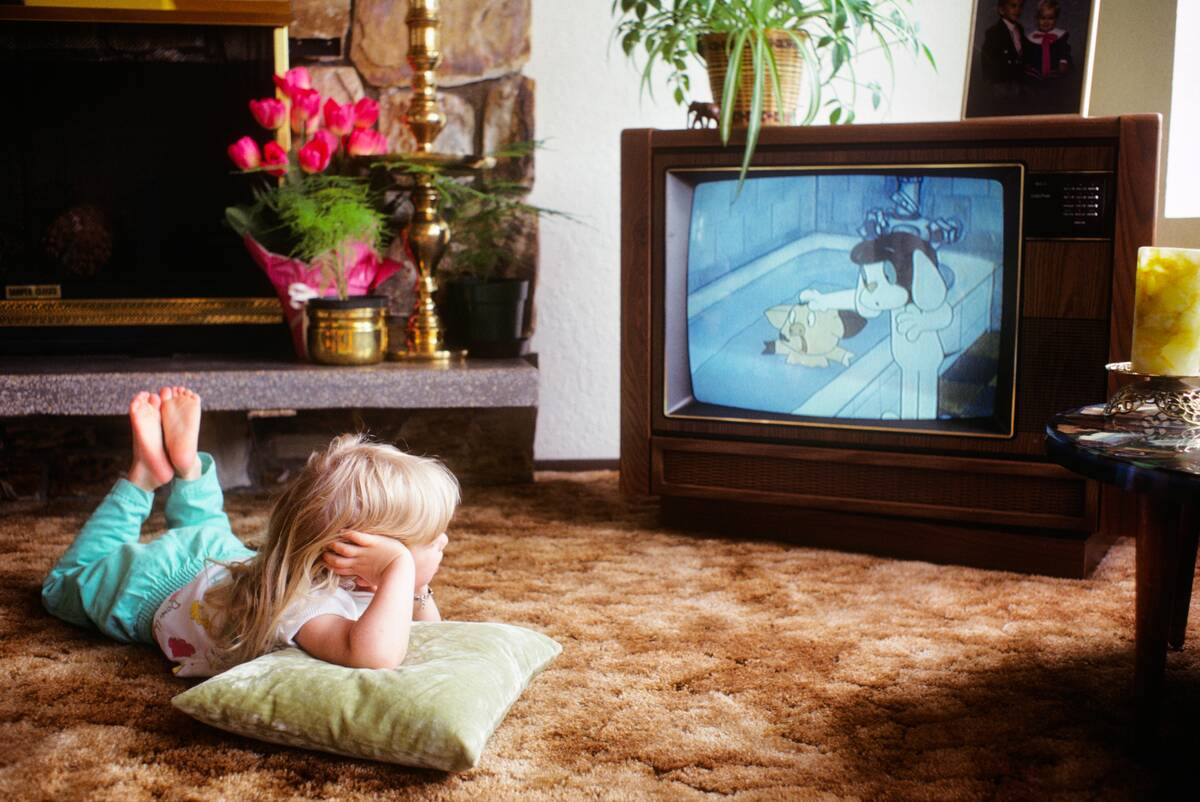
The cathode-ray tube (CRT) television was a staple in living rooms from the mid-20th century onwards. These hefty screens delivered hours of entertainment, from Saturday morning cartoons to prime-time sitcoms.
Their bulky design and reliance on CRT technology made them heavy and deep, a stark contrast to today’s slim, lightweight TVs. Despite their cumbersome nature, CRTs were the heart of family gatherings and the centerpiece of many a living room.
Fax Machines: The Email Before Email
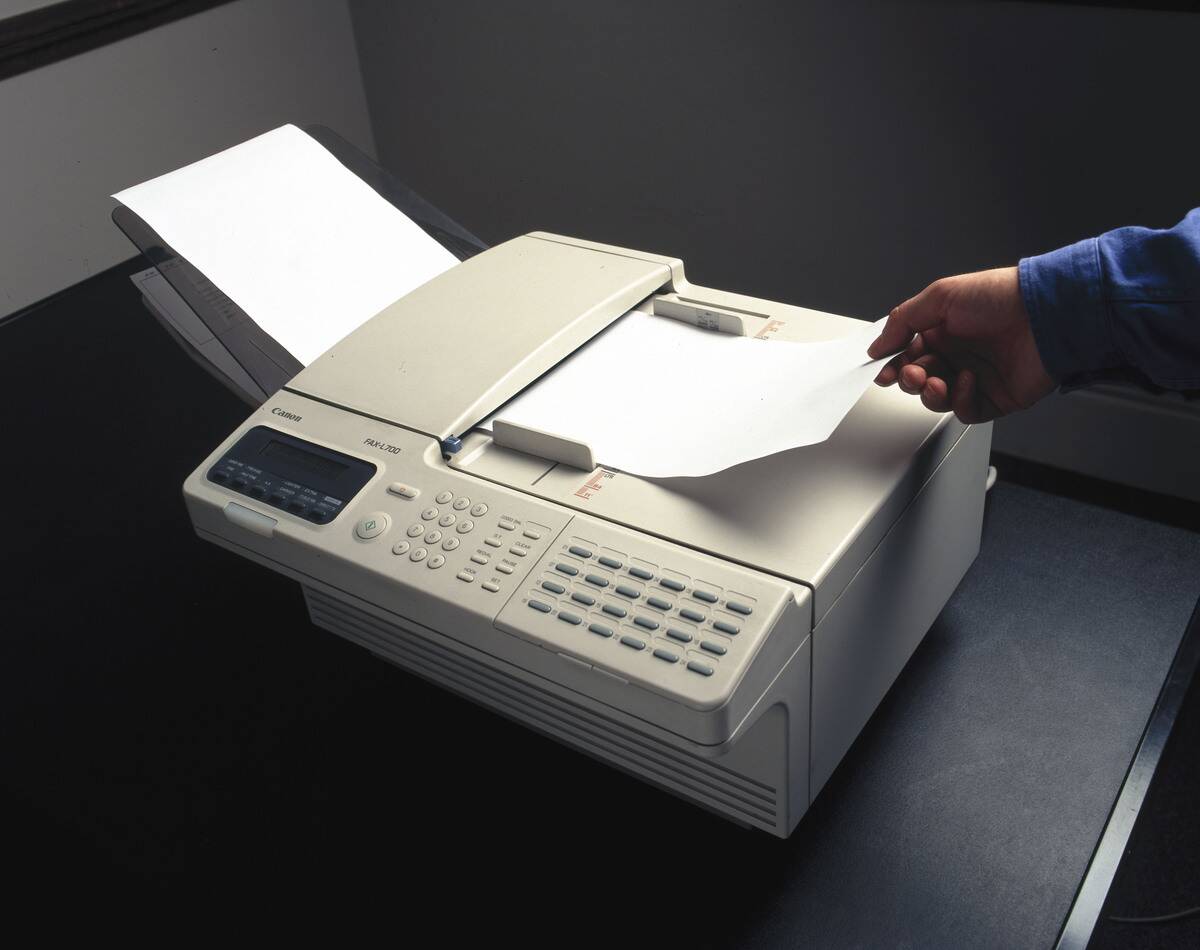
Fax machines were the height of office technology in the 1980s and 1990s, transmitting documents over phone lines. With a distinctive whirring, faxes bridged the gap between mail and email, sending copies of documents almost instantly.
Though now largely obsolete due to digital communication, the fax machine was a crucial step in business communication, revolutionizing how information was shared across distances.
Game Boys: Handheld Gaming’s Humble Beginnings

Nintendo’s Game Boy, launched in 1989, was a game-changer in the world of portable gaming. With titles like Tetris and Pokémon, it offered endless hours of entertainment on the go.
Its monochrome display and iconic design made it a favorite among gamers of all ages. While today’s handheld consoles boast advanced graphics and connectivity, the Game Boy’s simplicity and charm continue to inspire nostalgia.
Landline Phones: The Corded Conversation Starters
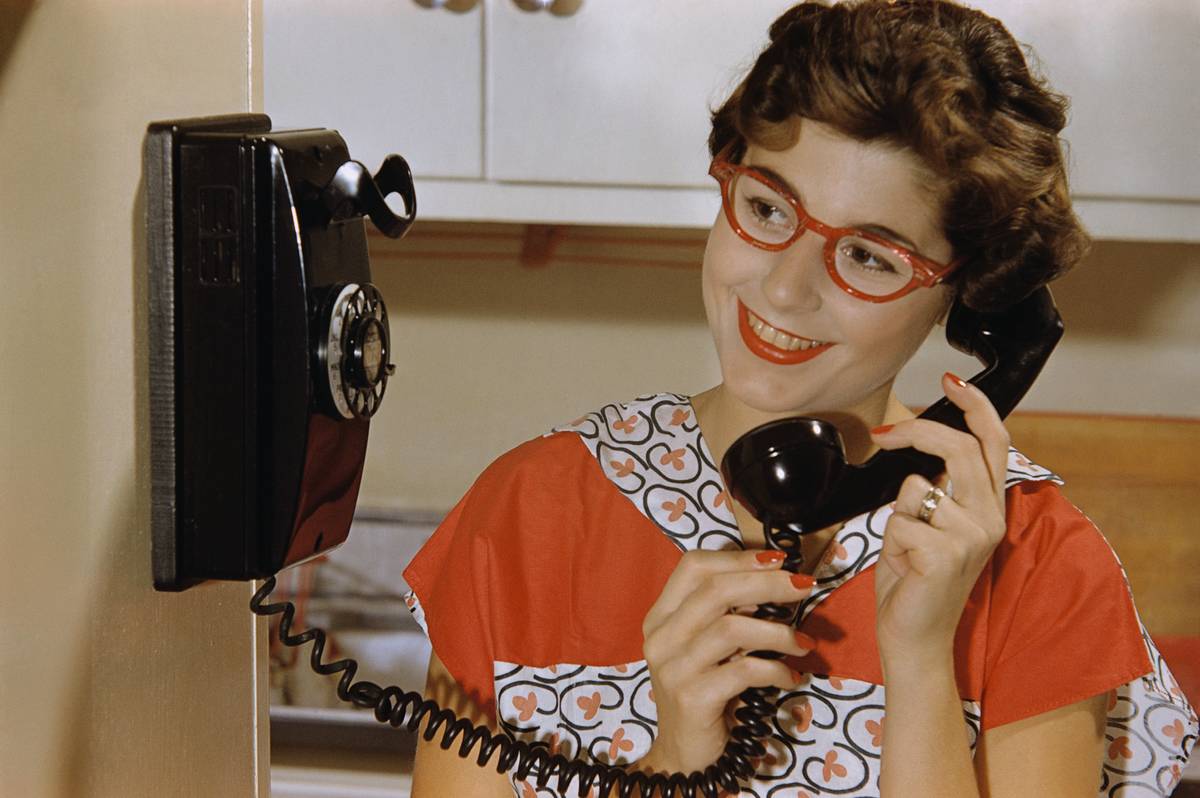
Landline phones were the centerpiece of household communication before mobile phones took over. With their coiled cords and rotary or push-button designs, they were a fixture in homes worldwide.
Conversations were often limited to one room, leading to lengthy chats tethered to the wall. Despite their limitations, landlines fostered a sense of connection and were a staple of social interaction in their heyday.
Analog Clocks and Watches: Timekeeping Before Digital
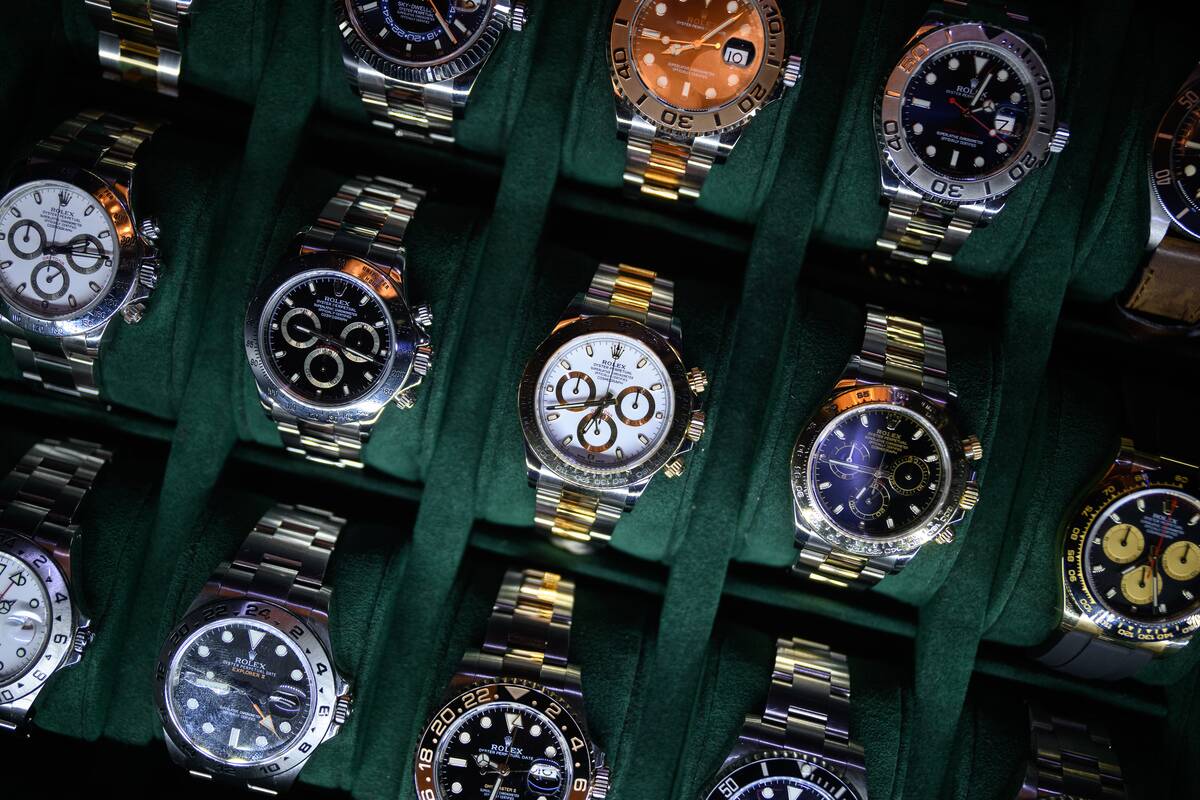
Before digital displays became ubiquitous, analog clocks and watches were the norm. Their ticking hands and sweeping second hand were a daily rhythm, keeping us on schedule.
From ornate grandfather clocks to sleek wristwatches, these timepieces were as much about style as they were about function. Today, analog watches are often cherished for their craftsmanship and aesthetic, a timeless reminder of the art of timekeeping.
CD Players and Discmans: Skipping to Your Favorite Track
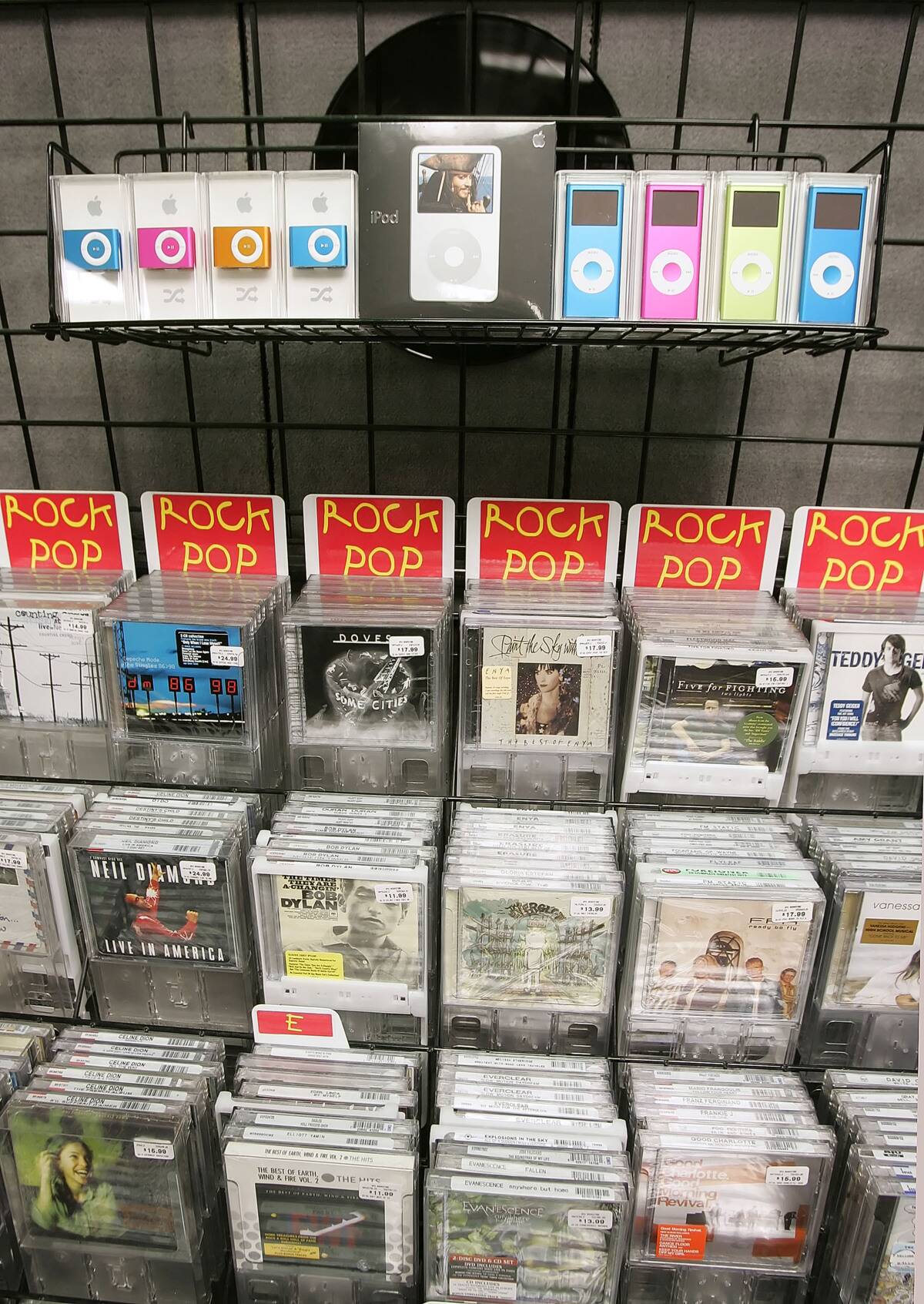
The compact disc (CD) revolutionized music consumption in the 1980s, and CD players allowed for crystal-clear sound at home or on the go. Portable Discman players were particularly popular, offering a skip protection feature that allowed for uninterrupted listening during a jog or commute.
Although digital music players have largely replaced them, CDs and their players marked a significant leap in audio technology, making personal music collections more accessible than ever.
Overhead Projectors: Classroom Tech of the Past
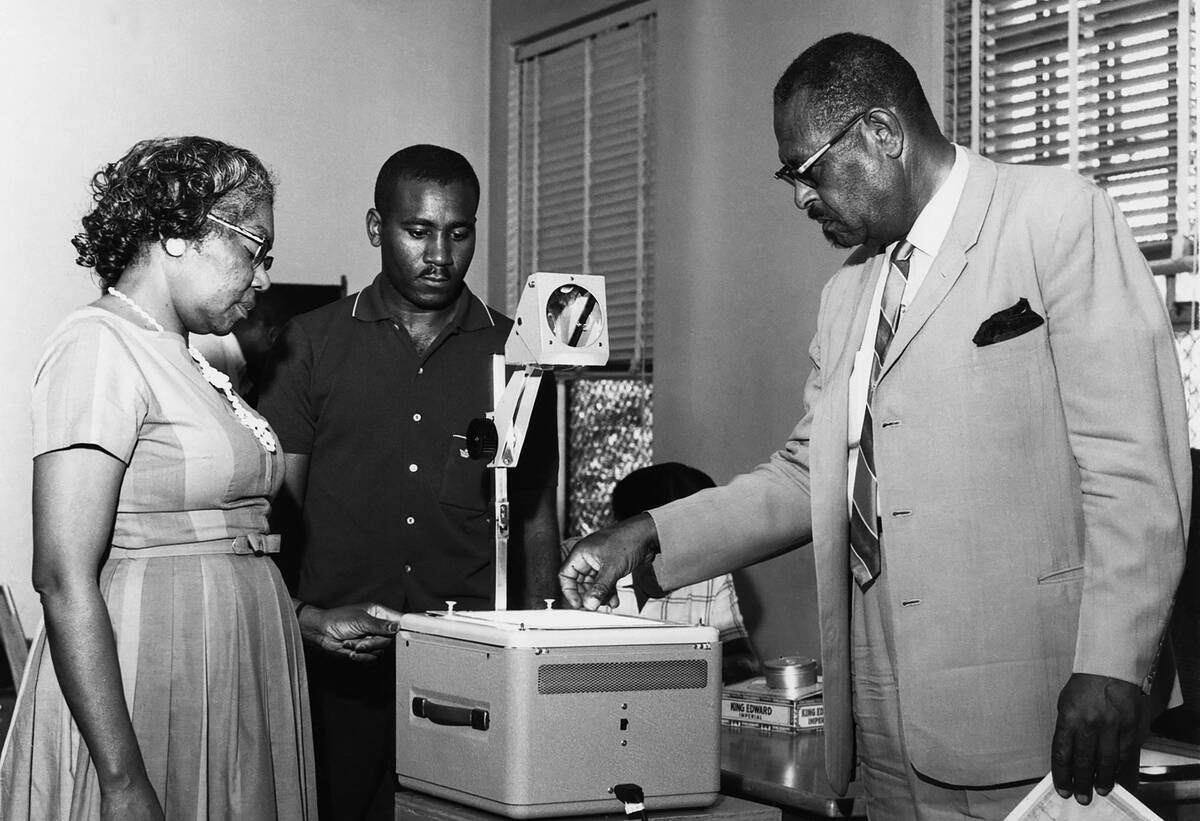
Before PowerPoint presentations took over, overhead projectors were the classroom tool of choice. Teachers used them to display notes and diagrams, writing on transparent sheets that were projected onto a screen.
The hum of the projector fan and the clatter of transparency sheets were familiar sounds in educational settings. Despite being replaced by digital technology, overhead projectors played a pivotal role in visual learning, making lessons accessible and engaging.
Encyclopedias: Google in Book Form

Long before the internet era, encyclopedias were the go-to source for information. These hefty volumes contained a wealth of knowledge on a wide range of topics, sitting proudly on bookshelves in homes and libraries.
With their detailed entries and illustrations, encyclopedias were invaluable for homework and research. While online searches have made information more accessible, the tactile experience of flipping through an encyclopedia remains a fond memory for many.



